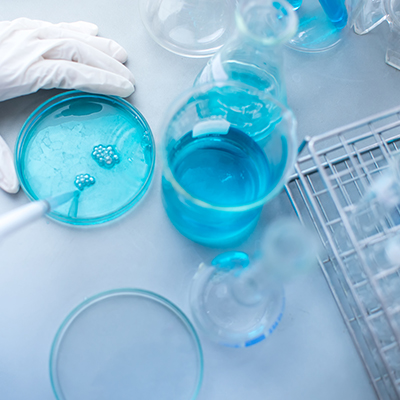May 20, 2020 -- A new open-access tool provides information on the effects of nearly 1 million compounds in a wide range of biological settings. The new tool, published in Nature Biotechnology on May 18, may change the drug discovery process by moving beyond reliance on chemical information alone.
Much of drug discovery relies on the "similarity principle" whereby most known drugs are inspired by natural products and chemical libraries are created by combining or modifying privileged chemotypes (chemically distinct entities with differences in composition of secondary metabolites). Biological similarities offer an alternative means of functionally characterizing small molecules, with potentially more important clinical implications than merely searching for chemotypes. However, there is no system in place to easily compare biological profiles of small molecules.
The authors from the Institute for Research in Biomedicine Barcelona unveiled a new resource called Chemical Checker (CC) that expands the similarity principle for drug discovery pipelines from in vitro assays to clinical observations by compiling bioactivity data within a unified analytical framework. To facilitate data access, the researchers built a web-based resource that allows users to run similarity searches for a compound.
Characterizing molecules with increasing complexity
Small molecule drugs are often classified by chemistry, targets, networks, cells, and clinics, according to the researchers. They determined that at the highest level, drugs are often organic molecules (chemistry) that interact with one or several protein receptors (targets), triggering perturbations of biological pathways (networks) and eliciting phenotypic outcomes that can be measured in, for example, cell-based assays (cells) before delivery to patients (clinics).
The researchers believe that the characterization categories they selected for CC are a good representation of what is known about small molecules in the public domain. Strict data collection standards allowed for the harmonization of chemical entries and filtered bioactivities. By visualizing signatures of molecules within the CC database (which contains and catalogs information for nearly 800,000 bioactive compounds) they found that compounds with similar signatures tended to share the mechanism of action and therapeutic area.
"With the Chemical Checker, we are pushing the similarity principle beyond chemical properties, reaching various ambits of biology and enabling the right level of experimental detail at each step of the drug discovery pipeline," explained author Miquel Duran, PhD, of IRB Barcelona, in a statement.
Putting the system to the test
The researchers demonstrated the power of CC in the case of Alzheimer's disease, by reverting gene alterations in vitro using approved and experimental drugs identified by the system. Specifically, three drugs (noscapine, palbociclib, and AG-494) reverted hallmark Alzheimer's disease gene signatures that the researchers generated in engineered cell models and reduced beta-amyloid production in vitro.
Moreover, the researchers used CC to identify compounds that might mimic known biologics such as antibodies and recombinant proteins. They identified 23 compounds that might mimic daclizumab, a monoclonal antibody targeting the alpha subunit of IL2R (used to prevent transplant rejection). One of those compounds (#22) acted in the same signaling pathway as daclizumab, while three other compounds were effective but instead blocked a complementary pathway. Using this same process, the researchers identified other unknown compounds that mimic other monoclonal antibodies including ustekinumab and cetuximab.
Collaboration with Amazon for COVID-19
The team is working with Amazon to make the database available in an open-access platform so that researchers around the world will have access to the expanded portfolio of molecules with the potential to fight COVID-19. Amazon will lend its expertise in text mining, machine learning, and natural language understanding to automatically analyze scientific articles and incorporate them into the CC. IRB Barcelona has made the COVID platform freely available.
Do you have a unique perspective on your research related to bioinformatics or drug discovery? Contact the editor today to learn more.
Copyright © 2020 scienceboard.net








